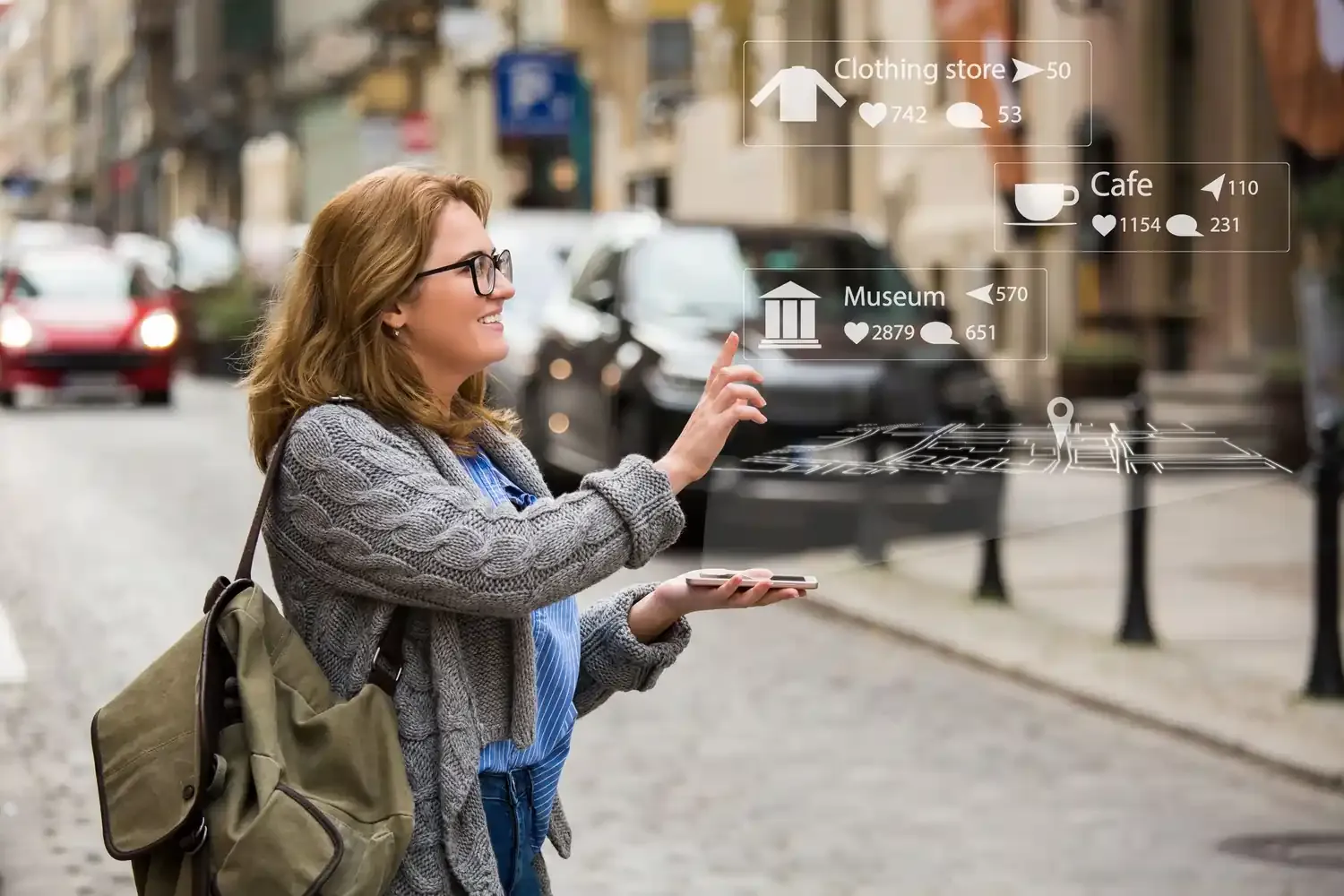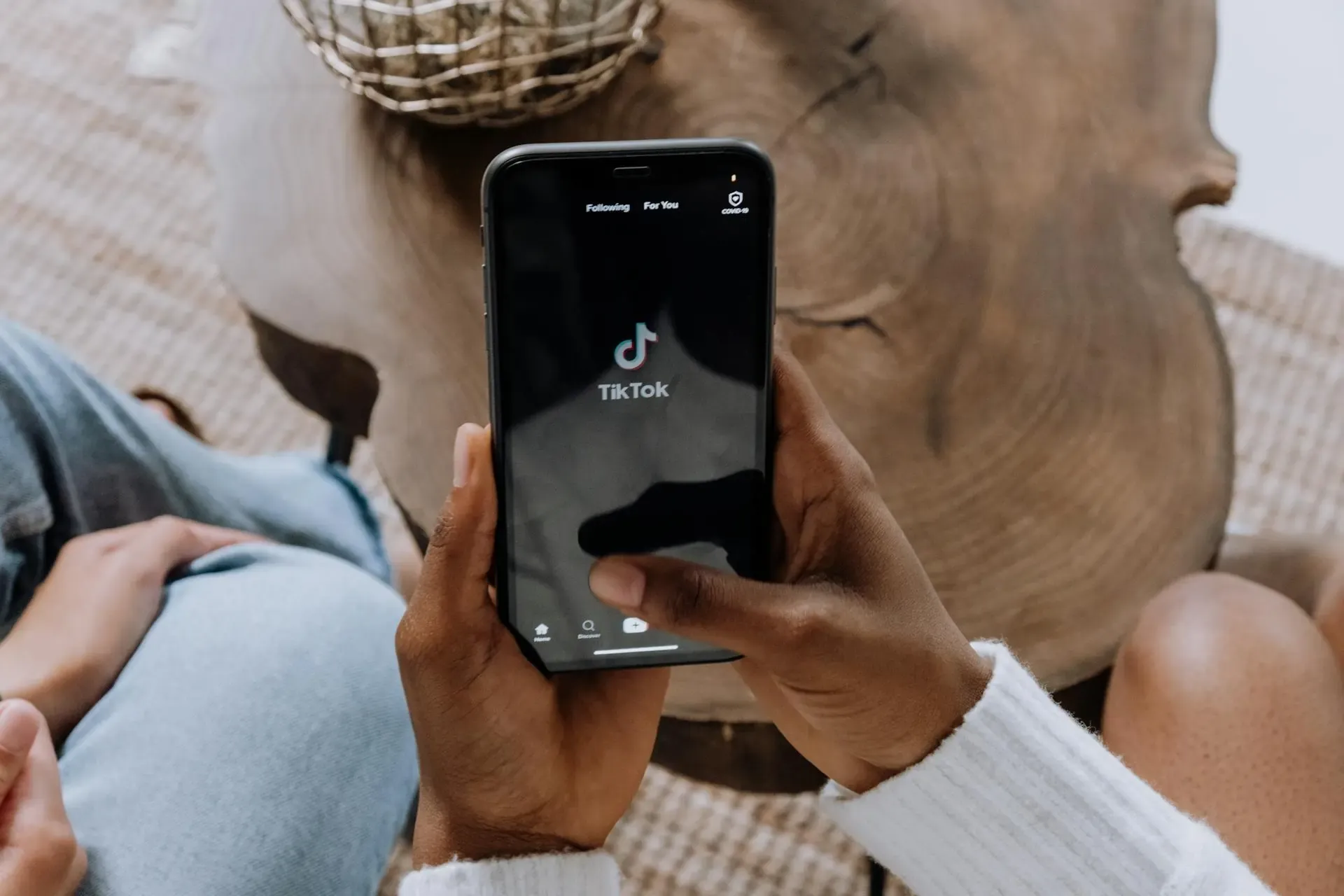travel hacks
How Much Data Do I Need When Traveling? Your Essential Guide
Not sure how much data you’ll need abroad? Learn how to estimate your daily and weekly usage, whether 1 GB, 5 GB, or 10 GB is enough — and choose the perfect Nomad eSIM plan for your trip.
TL;DR: How much data you need when traveling depends on your habits and trip length.
- Light users: 1–3 GB/week (navigation, messaging, light browsing)
- Moderate users: 3–7 GB/week (social media, music streaming, some video)
- Heavy users: 7 GB + per week (video streaming, hotspot use, long video calls)
To stretch your data, use Wi-Fi, download content offline, and enable data-saving modes. With Nomad eSIMs, you can buy affordable data plans sized perfectly for any destination or travel style.

Understanding Your Data Usage: How Much Data Do You Use in a Day
Before determining your travel data needs, it's helpful to understand your current data consumption patterns. Most smartphones allow you to monitor your data usage, providing a baseline for your daily and monthly habits. This insight is critical to answering "how much data do you use in a day" and extrapolating it for your trip.
If you’re not sure where your data goes, see our breakdowns:
- How Much Data Does YouTube Use?
- How Much Data Does Spotify and Apple Music Use?
- How Much Data Does TikTok Use?
Factors Affecting Your Travel Data Needs
Several elements come into play when calculating how much data you need when traveling. Considering these factors will help you make a more informed decision:
1.. Trip Duration: Naturally, longer trips will require more data. A weekend getaway will have vastly different data needs compared to a month-long backpacking adventure.
Your Usage Habits: Are you a heavy streamer, constantly uploading photos, or do you primarily use data for navigation and messaging? Your typical online behavior is the biggest determinant.
Access to Wi-Fi: If your accommodation, cafes, or public spaces offer reliable Wi-Fi, your reliance on mobile data will decrease significantly. However, remember to practice public Wi-Fi safety when connecting to unsecured networks.
Planned Activities: Will you be working remotely, requiring constant video calls and large file transfers? Or is your trip more about digital detox with minimal online activity? Specific activities can spike data consumption.
Destination: Data costs and availability can vary by country. In some regions, data might be more expensive, encouraging more conservative usage.
Estimating How Many GB of Data Do I Need for Travel
Based on typical usage patterns, here's a general guideline for how many GB of data do I need for travel:
Light User (1-3 GB per week)
- Activities: Primarily uses data for essential navigation, checking emails, occasional messaging (WhatsApp, iMessage), and light web browsing.
- Example: Checking maps for directions (5-10 MB/hour), sending a few dozen text messages (<1 MB), checking emails (5 MB/hour), and occasional social media updates (20-30 MB/day).
Moderate User (3-7 GB per week)
- Activities: Engages in more frequent social media browsing, some music streaming, moderate web browsing, and occasional video calls.
- Example: Daily navigation (10-20 MB), regular social media (100-200 MB/day), 1-2 hours of music streaming (100-300 MB/day), and a few short video calls (50-100 MB/day).
Heavy User (7+ GB per week)
- Activities: Frequent video streaming (Netflix, YouTube), extensive social media use, regular video calls, online gaming, and large file uploads/downloads.
- Example: Several hours of video streaming (1-3 GB/day), constant social media engagement (300-500 MB/day), multiple video calls (500 MB-1 GB/day), and potentially using a mobile hotspot.
Practical Tips to Reduce Data Usage While Traveling
To ensure you don't exceed your data limits, especially when relying on a Nomad eSIM, consider these data-saving strategies:
- Utilize Wi-Fi Whenever Possible: Connect to hotel, cafe, or public Wi-Fi networks for data-intensive tasks like downloading updates, streaming videos, or uploading photos. Remember to secure your connection with a VPN if using public Wi-Fi.
- Download Content Offline: Before you leave or when you have Wi-Fi, download maps, music, movies, and TV shows. Google Maps allows you to download offline maps, and streaming services like Spotify, Apple Music, and Netflix offer offline download options.
- Adjust App Settings: Many apps, including social media and streaming services, have data-saving modes. Enable these to reduce data consumption by lowering video quality or compressing images. For example, YouTube and TikTok have data saver options.
- Disable Automatic Updates and Background App Refresh: Prevent apps from consuming data in the background by turning off automatic updates for apps and disabling background app refresh in your phone's settings.
- Turn Off Cellular Data for Non-Essential Apps: Restrict cellular data usage for apps that don't need constant internet access. You can usually do this in your phone's settings under 'Cellular' or 'Mobile Data' usage.
- Monitor Your Data Usage Regularly: Keep an eye on your data consumption through your phone's settings or your Nomad app. This helps you stay aware of your usage and adjust your habits as needed.

Choosing the Right Nomad eSIM Plan for Your Journey
By understanding your personal usage habits, considering the factors that influence data consumption, and utilizing smart data-saving techniques, you can confidently choose a data plan that keeps you connected throughout your journey.
Nomad eSIMs are designed with travelers in mind, offering flexible and affordable data plans for over 200 destinations. By understanding your data needs and implementing data-saving strategies, you can confidently choose a Nomad eSIM plan that perfectly fits your trip.
Nomad's data calculator can provide personalized recommendations based on your destination, trip duration, and estimated usage, taking the guesswork out of selecting a plan.
Frequently Asked Questions (FAQs)
How much data do I need when traveling?
The amount of data you need when traveling depends on your usage habits, the duration of your trip, and your access to Wi-Fi. Light users might need 1-3 GB per week, moderate users 3-7 GB per week, and heavy users 7+ GB per week. It's always best to monitor your typical usage and plan accordingly.
How many GB of data do I need for travel?
For a typical week-long trip, you might need anywhere from 1 GB to over 7 GB. For example, 1 GB is sufficient for essential navigation and messaging, while 5 GB allows for moderate social media and some streaming. If you plan on heavy video streaming or frequent video calls, you could need 10 GB or more.
How much data do you use in a day?
Daily data usage varies greatly. A light user might consume around 100-200 MB per day for basic tasks like checking emails and messaging. A moderate user could use 500 MB to 1 GB per day with social media and some music streaming. Heavy users, with video streaming and constant online activity, might exceed 2 GB per day.
How much is 10 GB of data?
10 GB of data is a substantial amount that can support moderate to heavy usage for a week or more, depending on your activities. For example, 10 GB could allow for approximately 10-15 hours of HD video streaming, 30-50 hours of music streaming, or extensive web browsing and social media use for several days.



